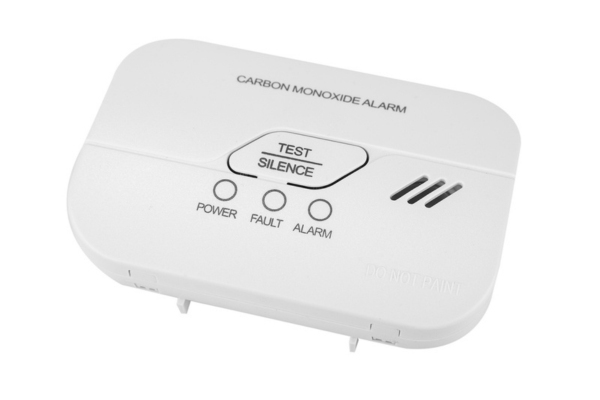
As winter approaches, the safety and comfort of your home become paramount. A reliable heating system’s importance in keeping you safe and warm cannot be overstated. While these systems are designed for durability, it’s crucial to stay vigilant about maintenance to prevent unforeseen issues.
Every fuel-burning appliance, including your home heating system, naturally produces carbon monoxide (CO) as it operates. This odorless, colorless gas poses significant health risks to both humans and pets, with the potential to be fatal after prolonged exposure.
This article from PFO Heating & Air Conditioning emphasizes the critical role of a carbon monoxide detector in safeguarding your household from CO leaks. Regular checks and upkeep of your home heating system are essential to ensure they function correctly, providing an early warning to prevent CO buildup and protect your family from its dangers. Here are practical steps to mitigate the risks of carbon monoxide in your home.
Recognizing the Invisible Danger: Carbon Monoxide in Your Home
Contents
- 1 Recognizing the Invisible Danger: Carbon Monoxide in Your Home
- 2 Initiating CO Safety in Your Home
- 3 Common Factors Contributing to Carbon Monoxide Accumulation Indoors
- 4 Understanding the Symptoms of CO Exposure: Mild to Severe
- 5 Immediate Steps to Take if You Suspect CO Exposure
- 6 Carbon Monoxide FAQs
- 6.1 What is Carbon Monoxide, and What Makes It Hazardous?
- 6.2 How Can I Identify CO Presence in My Home?
- 6.3 What Are the Typical Sources of Carbon Monoxide in Residential Settings?
- 6.4 What Steps Should You Take If Your Carbon Monoxide Detector Sounds an Alarm?
- 6.5 What Measures Can Be Taken to Avoid CO Poisoning in Your Home?
- 7 Conclusion
- 8 Contact PFO Heating & Air Conditioning for Expert HVAC Services
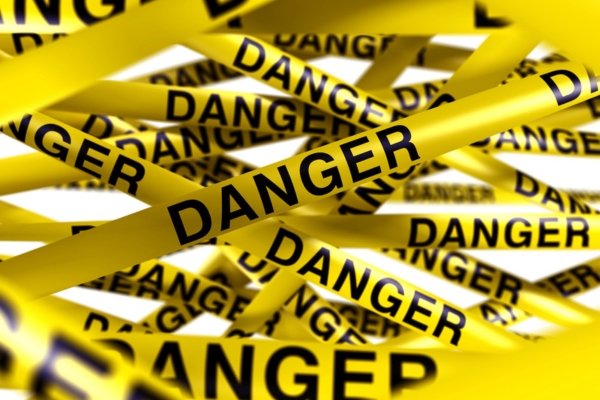
Carbon monoxide (CO) is an insidious threat produced by the normal operation of any fuel-burning appliance. This gas is especially dangerous because it is undetectable by sight or smell, making it a silent hazard in homes using propane, natural gas, heating oil, charcoal, or wood. Thus, it is necessary to install carbon monoxide detectors in every home.
A robust venting system that is equipped with fuel-burning heaters and appliances plays a crucial role in safeguarding against carbon monoxide poisoning in homes. By effectively channeling CO outdoors, these systems ensure that the harmful gas does not accumulate inside living spaces.
All heating systems and appliances must be installed correctly and maintained diligently to operate safely. While appliances in optimal condition rarely leak CO, regular maintenance and a functioning CO detector are your best defenses, allowing for prompt detection and immediate corrective measures if any issues arise.
Stay Warm and Safe This Winter!
Contact PFO Heating & Air Conditioning today to arrange your heating service appointment. This will ensure your home remains comfortable and warm throughout the colder months.
Initiating CO Safety in Your Home
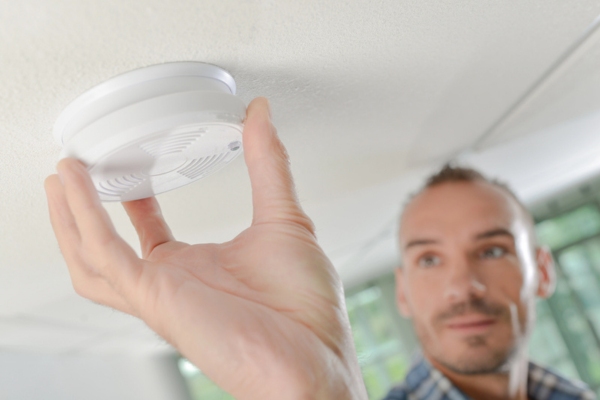
The foundational step toward a carbon monoxide-safe home is the installation of a high-quality CO detector and alarm. This battery-operated device should be strategically placed near any appliance prone to producing carbon monoxide.
Regular testing and timely battery replacements are crucial to maintain its effectiveness. Ideally, prepare for the colder months by changing the batteries and testing the system beforehand. Carefully reading the manufacturer’s manual and adhering to all instructions will ensure proper testing, installation, and ongoing maintenance of your CO detector.
Act Before the Cold Hits!
Reach out to PFO Heating & Air Conditioning now to arrange a preventive heating service, securing the smooth operation of your system all season long.
Common Factors Contributing to Carbon Monoxide Accumulation Indoors
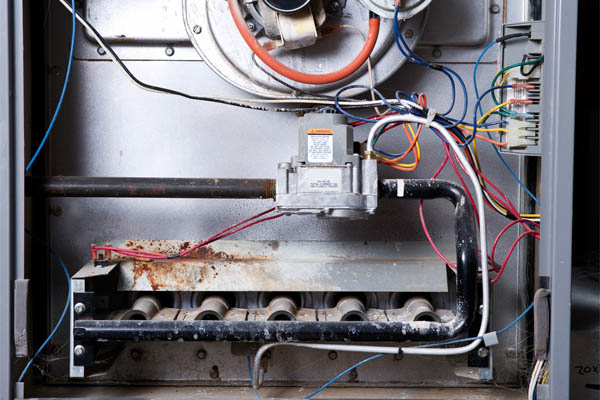
Carbon monoxide build-up can occur if there are issues with your heating system’s ventilation or if your heating unit is damaged or deteriorating. To prevent such risks, it is vital to complement your CO alarms with annual check-ups and maintenance of your heating system.
Scheduling your HVAC system’s annual tune-up before the onset of the heating season is crucial. This proactive measure is critical to safeguarding your family against carbon monoxide leaks. Blockages in vents or flues and any backdraft near your heater significantly increase the risk of CO exposure.
It’s advisable to contact a reliable, local HVAC service provider for a thorough diagnosis and necessary repairs before the heating season kicks in. This will ensure your system is fully functional when you need it most.
Enjoy Top-Notch Heating Services!
Contact PFO Heating & Air Conditioning to book your heating service appointment and ensure safe, dependable, and efficient heating all season.
Recognizing Additional Indicators of Carbon Monoxide Presence
While CO alarms are vital for early detection, other physical signs can also indicate carbon monoxide accumulation. The exhaust’s appearance from the combustion process varies by fuel type, providing clues to potential CO presence.
Excessive smoke or soot in homes with oil heating systems often signals carbon monoxide issues. If you notice an increase in soot output, contact a trusted HVAC service without delay. Similarly, gas heating systems displaying a yellow or orange flame or intermittent flashes of these colors suggest a combustion problem that needs immediate attention.
Understanding the Symptoms of CO Exposure: Mild to Severe

Carbon monoxide (CO) is a lethal gas to both humans and animals, with the severity of symptoms escalating based on the concentration in the environment and duration of exposure.
Mild symptoms of CO exposure can often resemble flu-like conditions without the fever, including headaches, nausea, dizziness, and general fatigue. These are early warning signs that should prompt immediate investigation and ventilation.
Moderate symptoms include more pronounced and persistent headaches, profound confusion, disorientation, and marked drowsiness. These symptoms indicate a higher level of exposure and require urgent medical attention.
In severe cases, CO poisoning can cause life-threatening health issues such as heart failure, convulsions, and fainting. The most extreme cases can result in irreversible brain damage or death if not treated quickly. If you suspect that you or someone else has been exposed to high levels of CO, it is critical to seek emergency healthcare and ensure proper ventilation to prevent further exposure.
Immediate Steps to Take if You Suspect CO Exposure
If you suspect carbon monoxide exposure, whether due to symptoms or a carbon monoxide detector, act swiftly to ensure safety. Immediately turn off all fuel-burning appliances and open all windows and doors to introduce fresh air into your home. Promptly evacuate everyone to the outdoors. Seek medical attention by reporting any symptoms of carbon monoxide poisoning to a healthcare provider.
Always take the warnings from your carbon monoxide detector seriously, and never assume they are false alarms. Make the safety and well-being of everyone in the household the priority, so it’s always better to err on the side of caution.
Maximize Your Heating Efficiency!
Contact PFO Heating & Air Conditioning today to schedule your heating service appointment and improve your home’s energy efficiency and comfort.
Carbon Monoxide FAQs
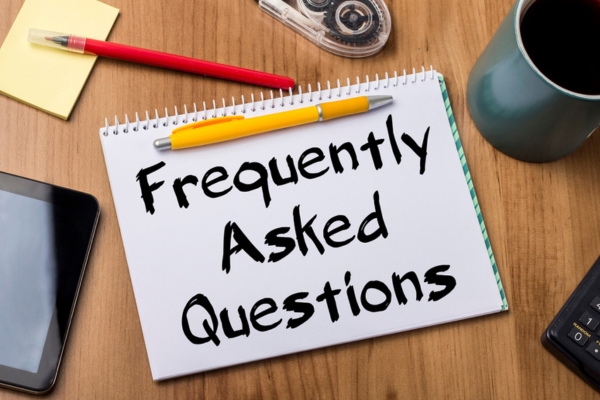
What is Carbon Monoxide, and What Makes It Hazardous?
Carbon monoxide (CO) is an invisible, scentless gas emitted from the burning of fossil fuels like gas, oil, wood, and coal. Its danger lies in its ability to interfere with the oxygen transport in the bloodstream, leading to potentially severe health effects such as headaches, dizziness, nausea, and, in extreme cases, death from prolonged exposure or high concentrations.
How Can I Identify CO Presence in My Home?
The most effective method for detecting carbon monoxide in your home is by strategically placing CO detectors. It is crucial to install these detectors on every level of your residence, particularly near sleeping areas, to ensure comprehensive coverage. These devices are crafted to emit an alarm upon detecting hazardous levels of carbon monoxide, promptly warning you and your family of its presence.
What Are the Typical Sources of Carbon Monoxide in Residential Settings?
In homes, carbon monoxide commonly originates from appliances that burn fuel, such as gas furnaces, water heaters, stoves, and fireplaces. Additionally, running vehicles in attached garages and using generators or grills indoors can also significantly contribute to the accumulation of carbon monoxide.
Keep Cozy and Secure!
Contact PFO Heating & Air Conditioning now to book your heating system maintenance and prevent surprises in the chilly season.
What Steps Should You Take If Your Carbon Monoxide Detector Sounds an Alarm?
When your CO detector triggers an alarm, it is crucial to act immediately to ensure safety. First, evacuate everyone from your home promptly and call emergency services to report the situation. Only re-enter the premises once a professional has thoroughly inspected your home and confirmed it is safe to do so. During this time, ensure all family members are accounted for and safe. Refrain from using any fuel-burning appliances until they have been professionally evaluated and cleared.
What Measures Can Be Taken to Avoid CO Poisoning in Your Home?
Have all fuel-burning appliances correctly installed and diligently maintained to avoid carbon monoxide poisoning. Refrain from using generators, grills, or any other gas-powered devices inside your home. Ensure that vents and chimneys are debris-free to maintain clear airways, and operate vehicles exclusively outside the garage to prevent gas build-up. Consistently check your CO detectors for functionality and replace their batteries periodically to guarantee reliability.
Conclusion
Carbon monoxide poisoning poses a significant risk in homes with fuel-burning appliances. The most effective safeguard against this invisible hazard is a well-maintained and operational carbon monoxide detector, which serves as an essential alert system when CO levels rise.
Additionally, regular heating system tune-ups are crucial. These alarms provide a critical warning since carbon monoxide is odorless and colorless, but the best prevention comes from professional inspections. Ensure your heating system is professionally checked annually before winter to maintain safety and efficiency.
Stay Warm And Comfortable!
Call PFO Heating & Air Conditioning today for all your home heating needs and ensure your system is ready to handle the cold months ahead.
Contact PFO Heating & Air Conditioning for Expert HVAC Services
PFO Heating & Air Conditioning delivers top-notch heating and cooling services throughout the Greater Princeton, NJ area. Our team consists of professionally certified technicians who are experts in HVAC tune-ups, repairs, installations, replacements, and more. With our extensive knowledge and experience, we ensure your HVAC system is serviced correctly.
We offer the region’s most competitive rates for heating and cooling services. Our maintenance services enhance your comfort and boost your energy efficiency, helping to reduce your heating and cooling expenses. If you require HVAC repair or are considering a system replacement, we can guide you to the best options that fit your budget.
Our work comes with a satisfaction guarantee. To arrange a service appointment or take advantage of our free, in-home consultations, call PFO Heating & Air Conditioning today. Call now!
Click here to contact us now or call us at (800) 253-9001 to find out more! Click the link to view our service area.
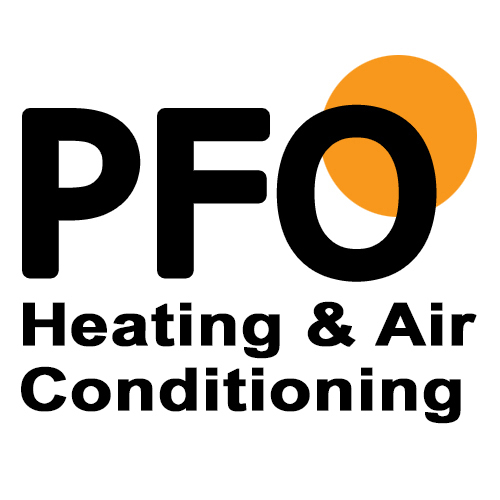
Related Articles:
- Condensing Vs. Non-Condensing Boilers: Key Differences Explained
- The Importance of Regular Heating Oil Filter Changes
- What Are The Top 3 Ways You Can Determine Heating Efficiency?
- How Does An Oil Heating System Work?
- What To Look For In A Boiler Repair Company
- What Is The Best Temperature To Set Your Heating Oil Boiler At?



